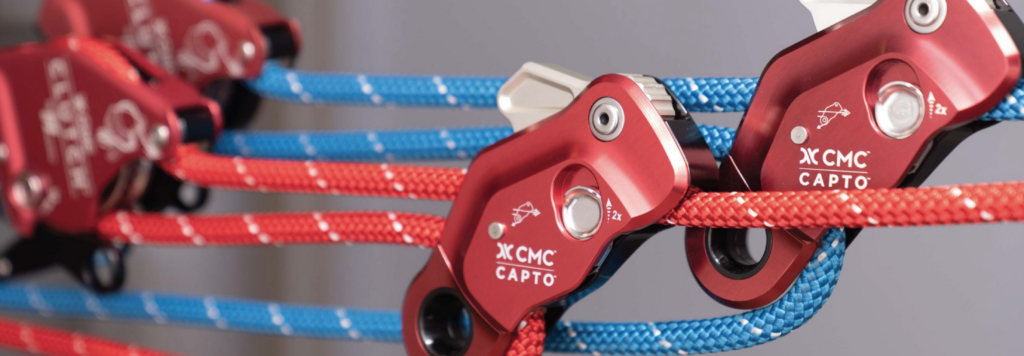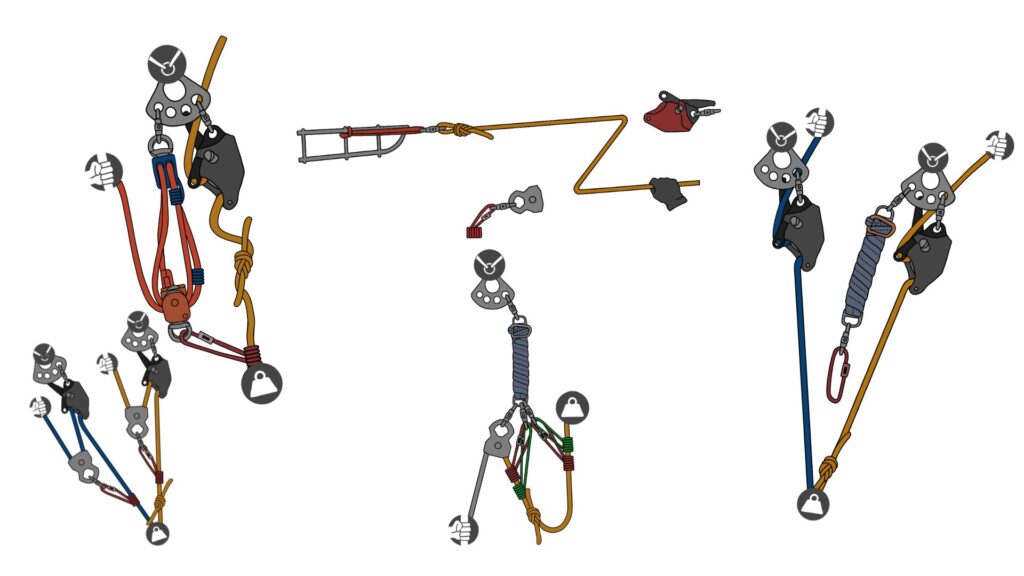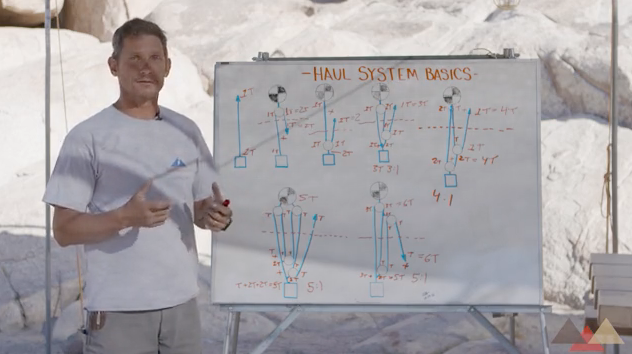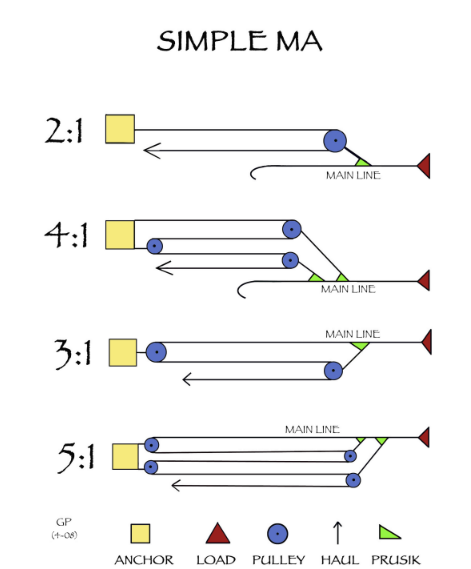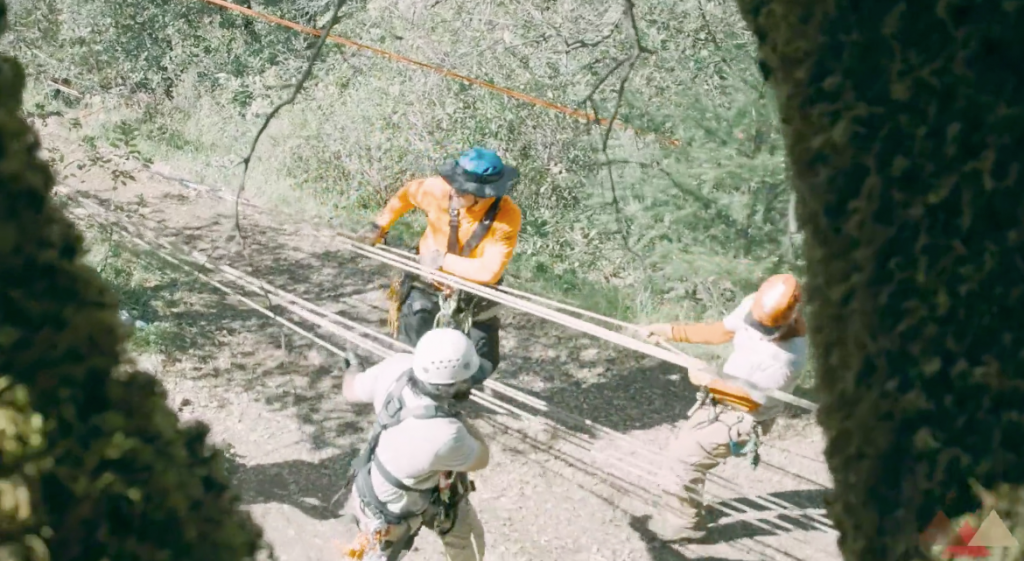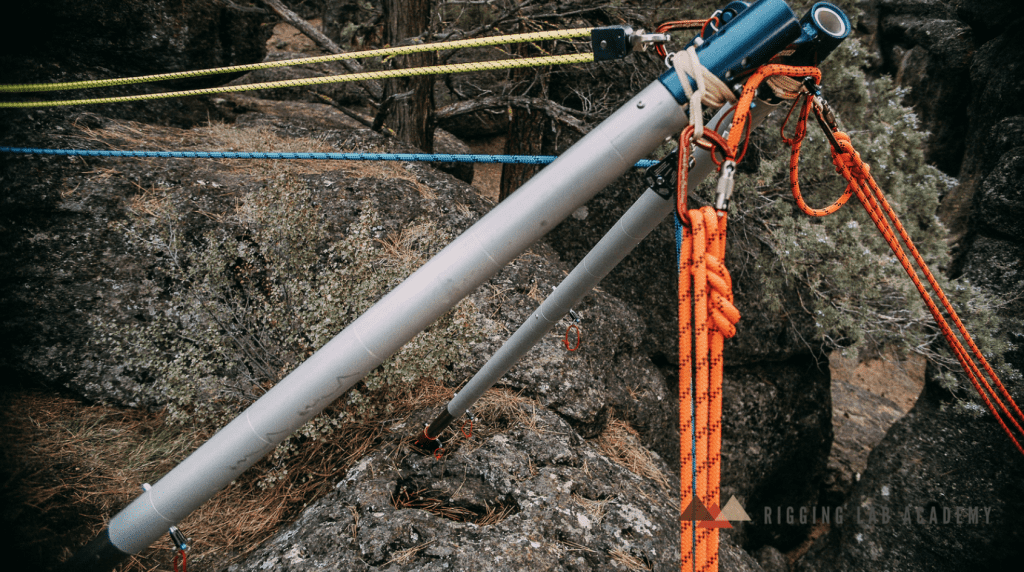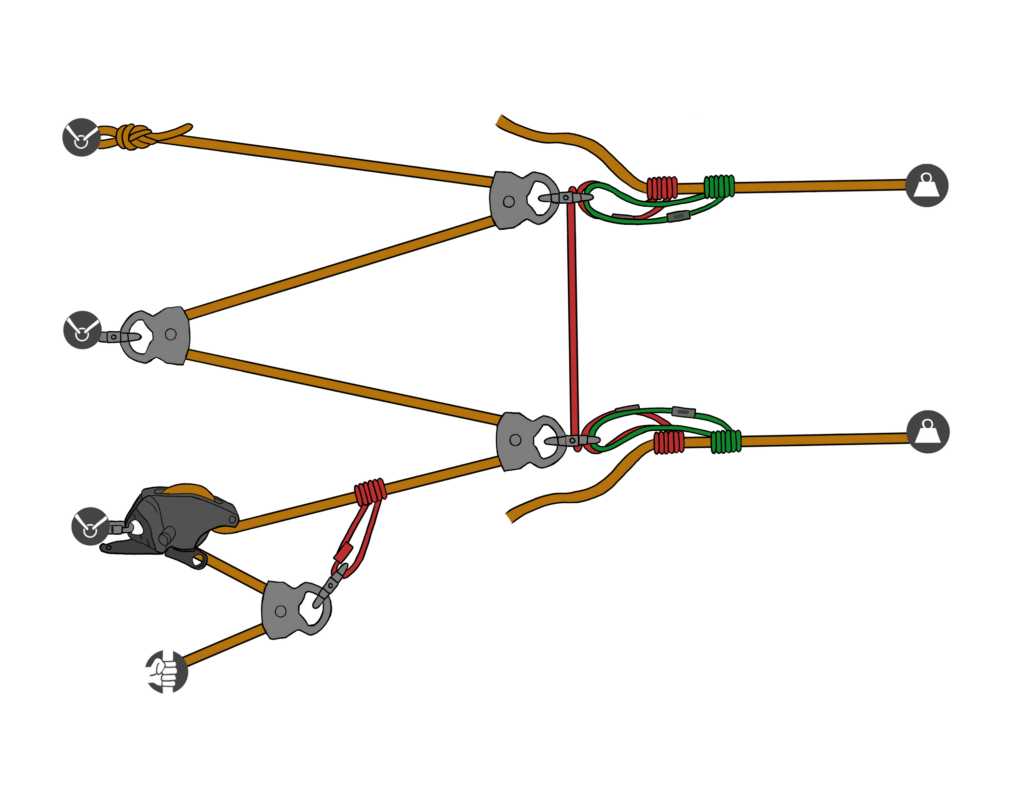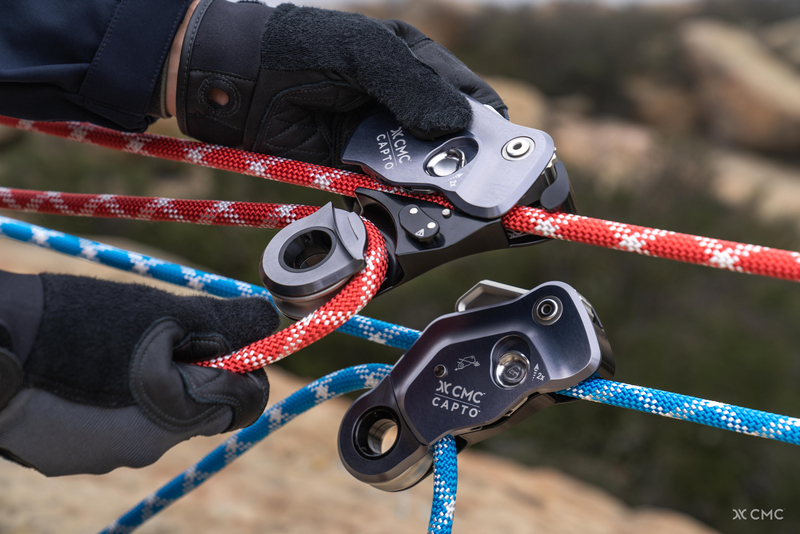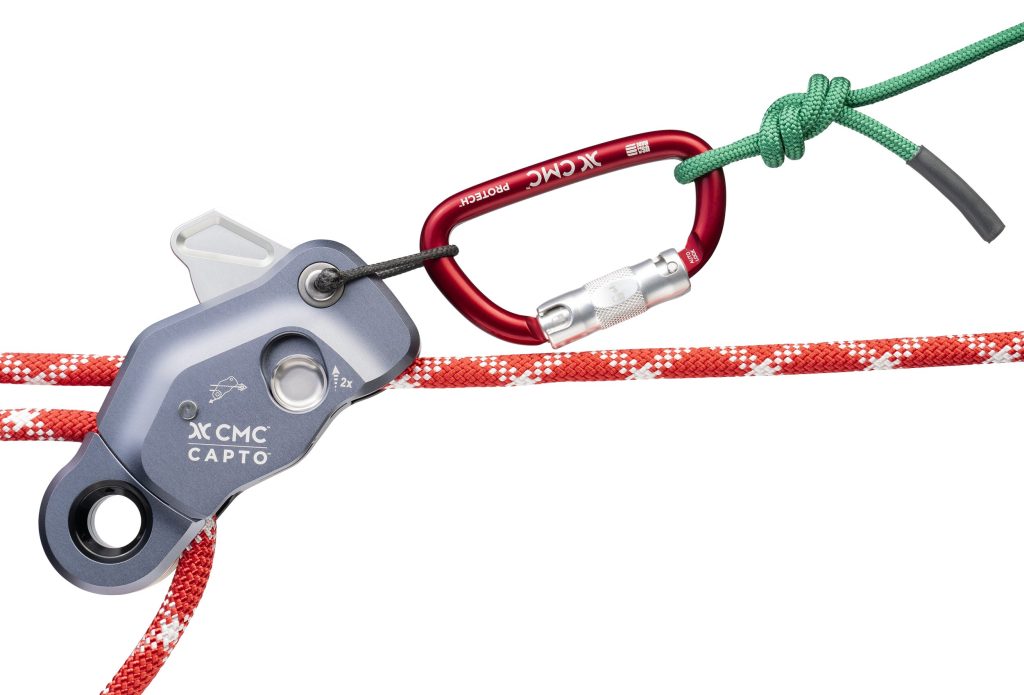Mechanical Ascenders vs. Prusik Knots
Mechanical Ascenders vs. Prusik Knots When constructing rope rescue systems, particularly those involving 3:1 mechanical advantage setups, rescuers often choose between mechanical devices like the Petzl Rescucender or CMC Capto and the versatile Prusik Knot. Each has distinct advantages and limitations, and the choice depends on the specific demands of the operation. Let’s explore these […]
Mechanical Ascenders vs. Prusik Knots Read More »

